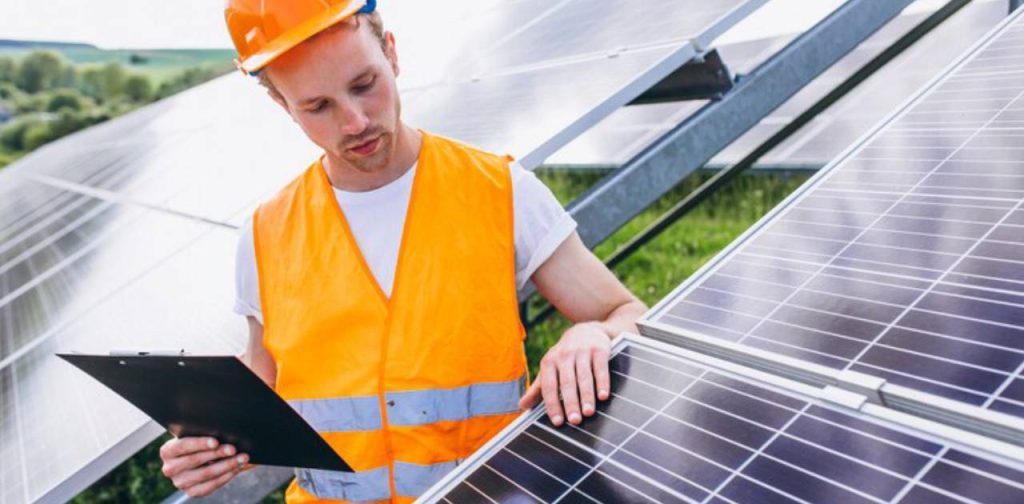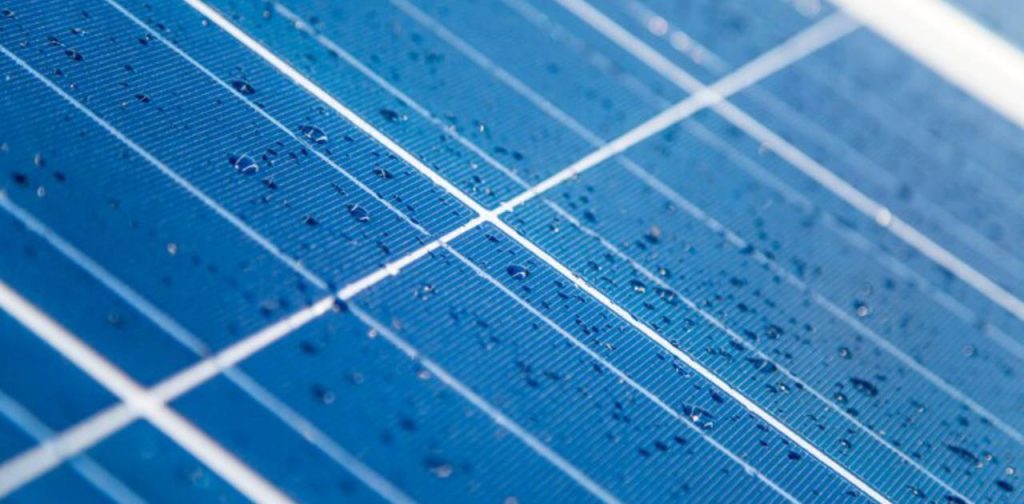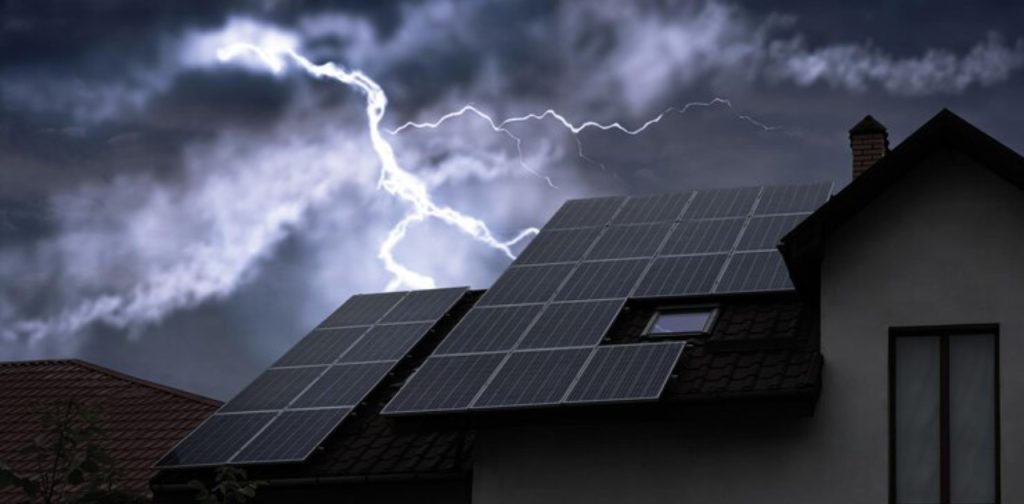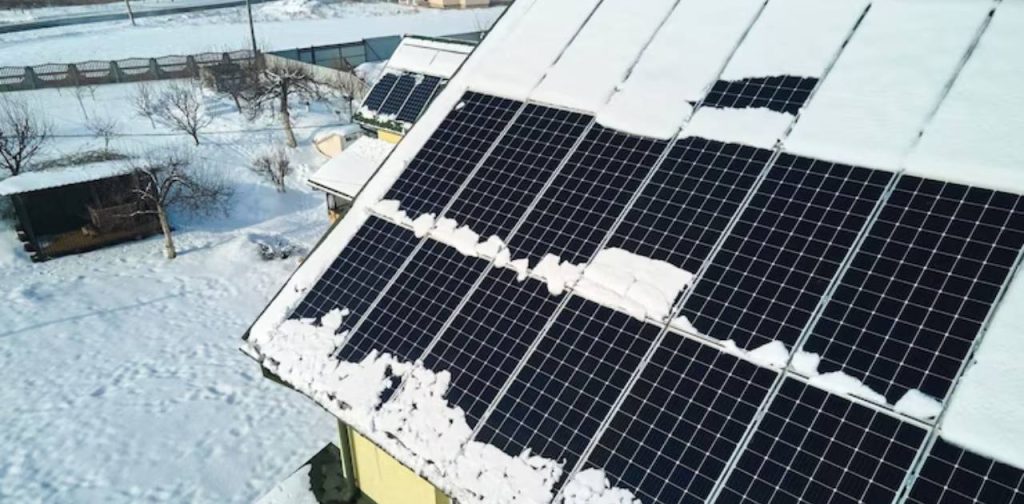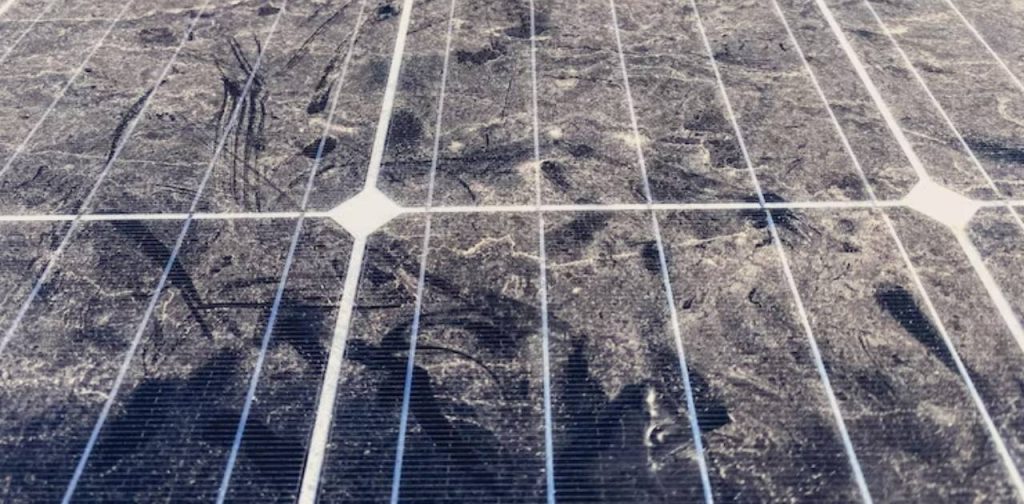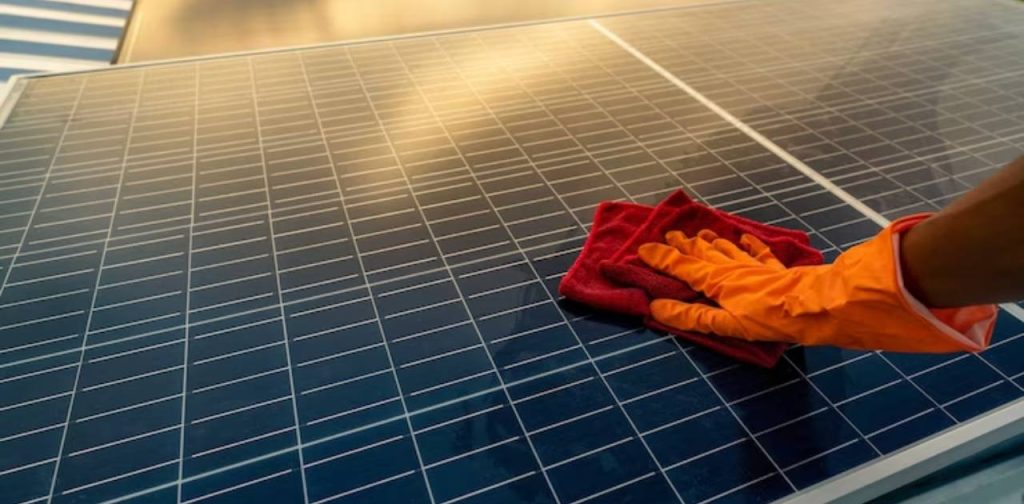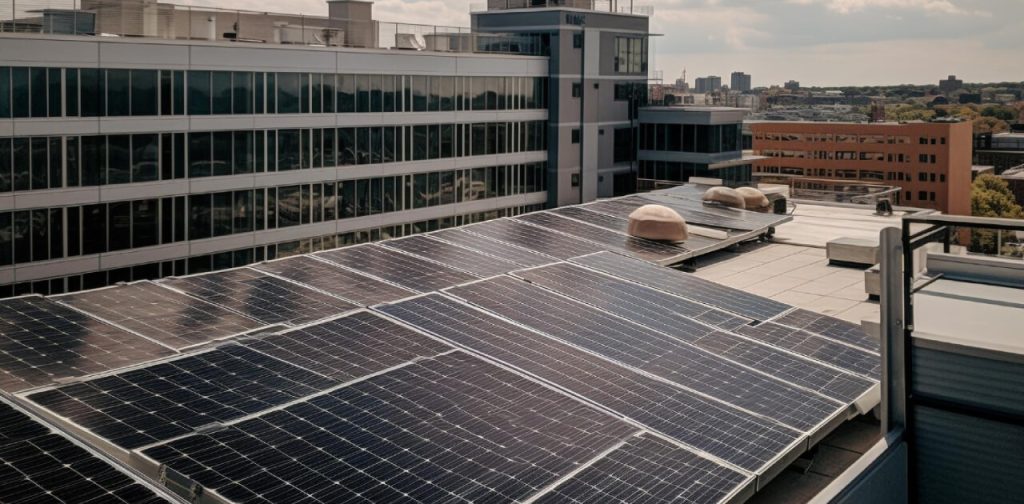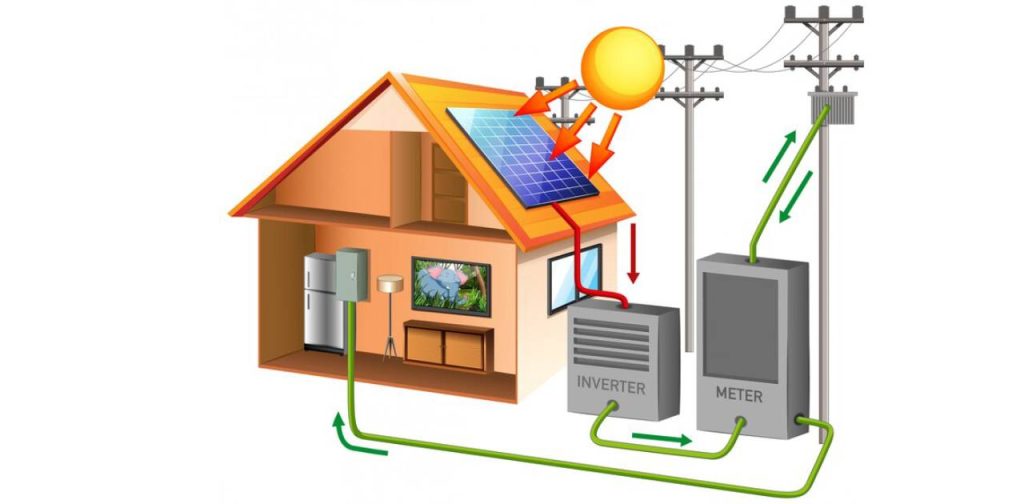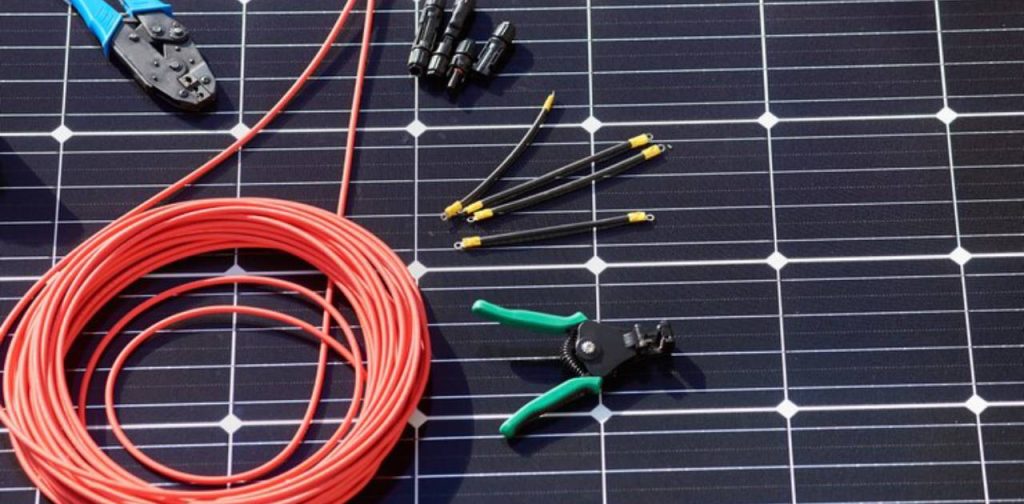Solar Panel Manufacturers | Redington Solar
Solar energy is a rapidly growing industry, and the market is filled with numerous solar panel manufacturers producing high-quality solar panels. Here, we will discuss some of the best manufacturers in the industry: REC, Jakson, Emmvee, Navitas Solar, Credence, Pixon, JA Solar, Trina Solar, Longi Solar, and Redington Solar. REC REC is one of the leading manufacturers and suppliers of solar panels. With more than two decades of experience, REC delivers high-quality solar panels for homes, businesses, and large-scale power plants. The company is known for its innovative technology and commitment to sustainability. Jakson Jakson is one of India’s largest renewable energy and engineering solutions companies. The company offers a wide range of solar products, including solar panels, which are known for their efficiency and durability. Jakson’s solar panels are a popular choice for both residential and commercial installations. EmmveeEmmvee is another renowned manufacturer in the solar industry. The company specializes in the production of photovoltaic modules and solar water heating systems. Emmvee’s solar panels are recognized for their high performance and long service life. Navitas SolarNavitas Solar is a leading provider of solar power solutions in India. The company’s product portfolio includes high-efficiency solar panels designed for various applications, from residential to utility scale. Navitas Solar is committed to promoting sustainable energy and reducing carbon emissions. CredenceCredence is a global solar panel manufacturer that offers innovative and cost-effective solar solutions. The company’s solar panels are designed with advanced technology to ensure high energy output and long-term reliability. PixonPixon is known for its high-quality solar panels, which offer excellent performance and durability. The company’s solar panels are designed to withstand harsh environmental conditions, making them a reliable choice for various applications. JA SolarJA Solar is a globally leading manufacturer of high-performance solar products. The company’s solar panels are widely used in residential, commercial, and utility-scale solar power systems. JA Solar’s products are recognized for their reliability, durability, and efficiency. Trina SolarTrina Solar is one of the world’s leading providers of solar energy solutions. The company manufactures a wide range of solar panels that are known for their high efficiency, innovation, and quality. Trina Solar’s products are suitable for a variety of applications, from residential to commercial and utility-scale projects. Longi SolarLongi Solar is a leading manufacturer of high-efficiency mono-crystalline solar cells and modules. The company’s products are characterized by their high energy yield and robust performance under different environmental conditions. Longi Solar is dedicated to promoting the global adoption of mono-crystalline technology. Redington Solar Redington Solar is also a significant player in the solar industry, providing efficient and reliable solar solutions. Their solar panels are known for their quality and durability, making them a good choice for various solar applications. In conclusion, these manufacturers are some of the best solar panel companies in the industry. They offer a range of high-quality, efficient, and durable solar panels that cater to various needs and applications. As the demand for clean and renewable energy continues to grow, these top solar panel manufacturers play a crucial role in driving the solar industry forward. Remember, when choosing a solar panel, it’s important to consider not only the price but also the quality, efficiency, and reliability of the product. These solar panel brands are undoubtedly leading the way towards a more sustainable future.

